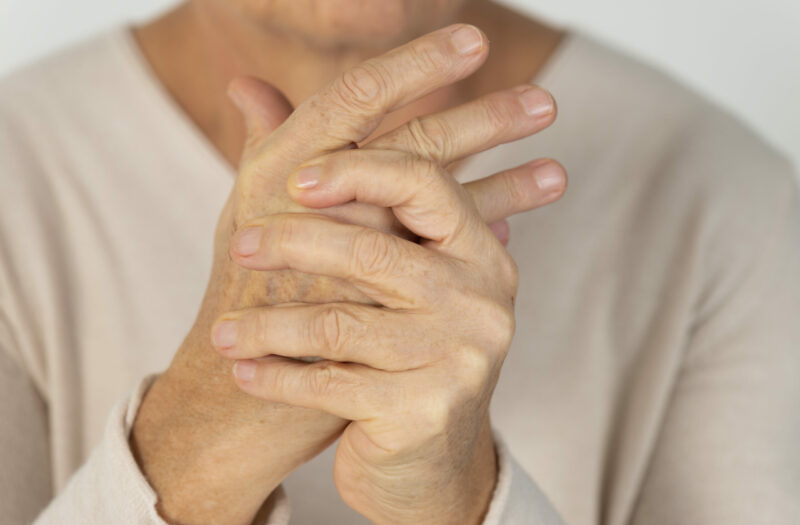Key Takeaways
- Nearly a quarter of U.S. adults now have arthritis.
- Rates of arthritis are highest among women, adults with obesity or overweight, and adults who are not active.
- More than 40 percent of adults with arthritis report limitations on daily activities due to joint symptoms.
- Patients with arthritis also report disproportionately high rates of anxiety and depression.
If you live with arthritis and are feeling uniquely afflicted, it might help to know that nearly a quarter of American adults have arthritis too. That’s one key takeaway from a new U.S. Centers for Disease Control and Prevention (CDC) report, which summarizes recent arthritis trends.
The CDC report focuses on data gathered between 2016 and 2018 from in-person interviews done with tens of thousands of U.S. adults as part of the National Health Interview Survey. Researchers found that 58.5 million U.S. adults now have arthritis, including general arthritis, rheumatoid arthritis, gout, lupus, or fibromyalgia. That’s an increase of 4.1 million compared to the last time this data was analyzed (2013-2015).
Among all adults with arthritis, percentages were highest among the following groups:
- Age 65 and older
- Adults with fair/poor self-rated health
- Adults with joint symptoms in past 30 days
- Disabled adults, or adults who were unable to work
- Adults with obesity or who are overweight
- Women
What’s more, 44 percent of adults with arthritis now have “arthritis-attributable activity limitations” (AAAL), meaning that their ability to go about their typical daily activities has been compromised in some way as a result of their joint symptoms.
The CDC projected that arthritis rates will have increased 49 percent between 2010 to 2040, and the long-term implications of this uptick are concerning. AAAL prevalence continues to increase more rapidly than was projected.
“Because population aging and other contributing factors (like obesity and poverty) are expected to sustain these trends, public health, medical, and senior and other service systems face substantial challenges in addressing the needs of adults with arthritis,” the report authors explained.
Also troublesome is the fact that arthritis is linked to “disproportionately high levels of anxiety and depression,” the authors noted. They suggested that a “coordinated approach” for managing the social and physical issues associated with arthritis should improve quality of life and well-being for adults who are impacted by arthritis.
They also advised that “younger adults with arthritis might especially benefit from mental health screening, the functional and psychological benefits of physical activity, and clinical interventions for pain and disability management.”
Theis K, et al. Centers for Disease Control and Prevention. Prevalence of arthritis and arthritis-attributable activity limitation — United States, 2016–2018. MMWR and Morbidity and Mortality Weekly Report. October 2021. doi: http://doi.org/10.15585/mmwr.mm7040a2.






